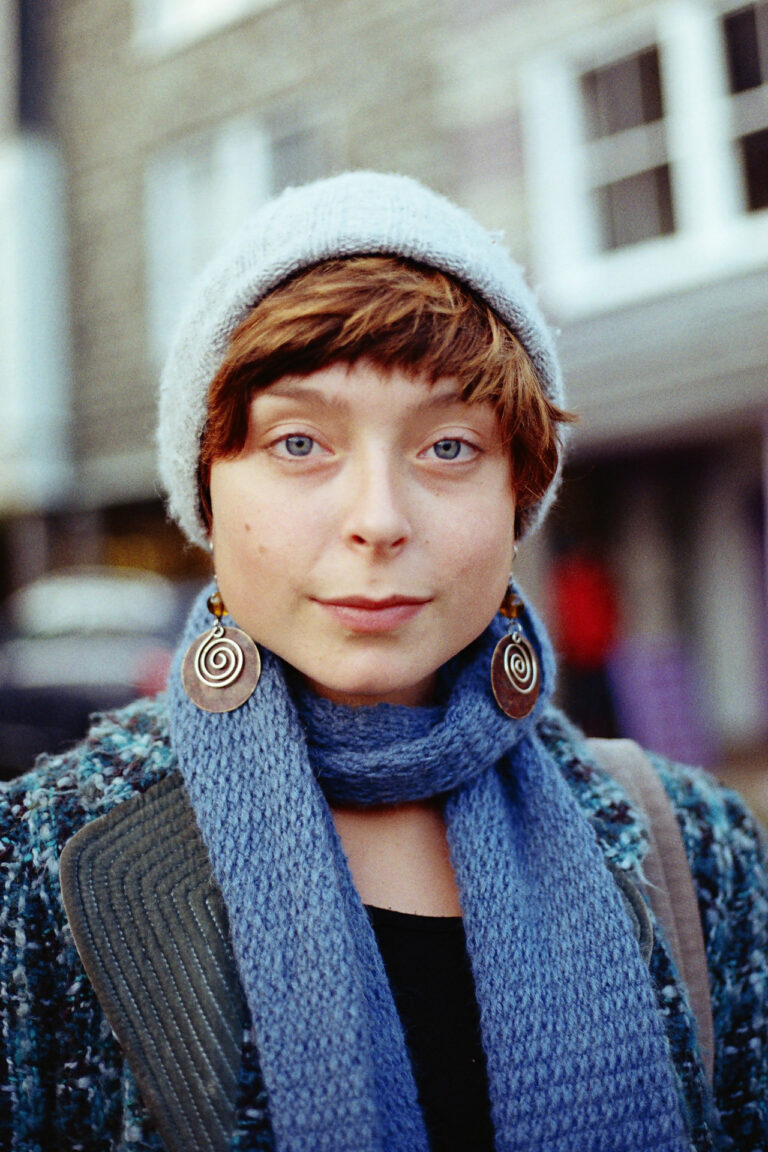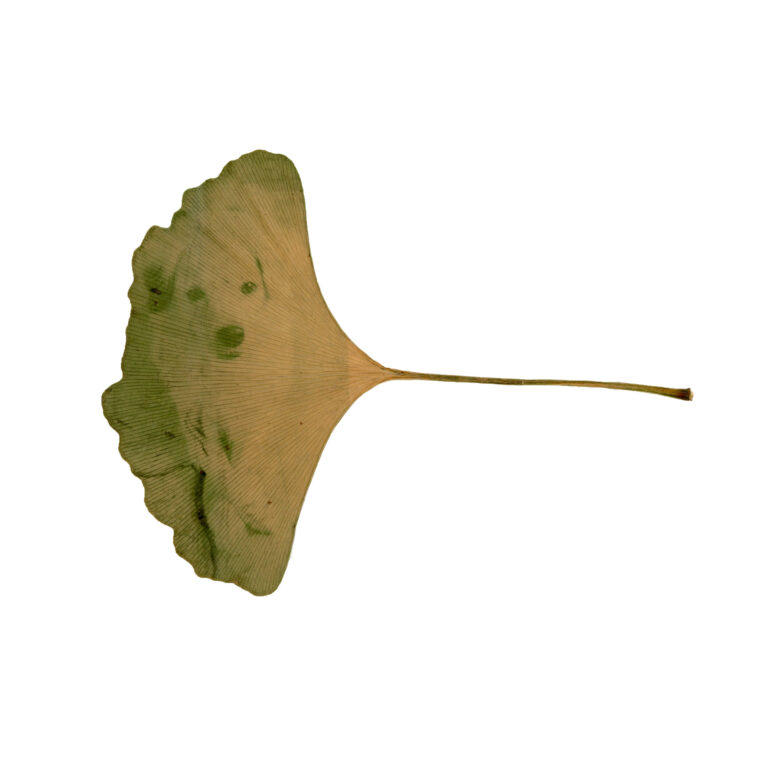
The strong hold of the community seems to be slowly weakening, with people becoming more and more lost in their individual reality. The digital era doesn’t help. Sure, we’re more widely connected, but those connections are often weak and superficial. Because of that, it’s important we have reminders of what true community and connection means for society, and that’s exactly what Jamel Shabazz’s latest book Prospect Park offers us.

A Return to Purpose
Forty-five years ago, after receiving an honorable discharge from the United States Army, Shabazz returned home with time in one hand and a camera in the other. It was here he began his journey of photographing the park, the people within it and the stories that would unfold each day.
Reading the introduction and looking through the photographs, it appears to me that Prospect Park wasn’t merely a project, but rather an opportunity for Shabazz to reconnect with the fundamentals of being human; to build community and live with purpose.
As is the case for most Mondays, I began the day with a cluttered mind and a sense of unrest. But as I slowly turned each page, intentionally making the effort to sit with each image for as long as I could, I began to feel an emotional shift inside me. I started to feel calm and appreciate other humans and the lives they live.
I was no longer concerned about emails or social media, but instead fully invested in the different narratives that shape the full story of Prospect Park. I thought, if a book could do this for me, then the actual power of being in the park could take things so much further.

Prospect Park, 1988 © Jamel Shabazz, 2025
I spoke to Shabazz about his thoughts on the importance of parks and how they’re instrumental in maintaining real human connection, especially in the digital age.
“…I found that through my personal experiences, I can have more conversations with people in a park setting versus in the fast moving pace of the city, or any other place with numerous people around,” Shabazz told me. He continued, “Parks provide a space where people can go to take moments of pause, to reflect, and reinvigorate their spirits, so that they can continue to navigate through this journey called life.”
From sports to music, from painting to simple play, the photo book shows the dynamic ways in which we express ourselves in nature. Crucially, Shabazz’s work also highlights that the park is for everyone. There are no borders, no segregation, no judgment. These communities are diverse: Black, Hispanic, Jewish, White, Asian; many in groups, others alone, but everyone in unison within this beautiful shared space.

Building Bonds Over Decades
When a photographer becomes a mainstay in a specific location, it’s almost impossible for them not to become part of the furniture. This opens the door to building friendships with others who share that space, and this was true for Shabazz during nearly five decades of working in Prospect Park.
“One of the greatest friendships that I established in Prospect Park came about in 1980, when I first met Richard Green on a chilly fall day…[he] was a Vietnam Veteran who served in the war…,” said Shabazz.

Prospect Park, 1997 © Jamel Shabazz, 2025
On their first meeting, Richard was wearing a traditional green military fatigue jacket, sitting in a deep meditative state while looking out toward the lake. “I immediately felt a kindred spirit with him, for in looking at Richard I saw a vision of my older self,” explained Shabazz.
Their friendship would continue over the years, and Shabazz has dedicated a section of the book to Richard, highlighting how he’s evolved over time. It’s no surprise he became such an important figure in Shabazz’s life and photographic work. He told me, “Richard became the big brother I never had. He set the example of what a man should be, through his community service and mentorships. I am forever grateful for meeting him on that chilly Fall day in Prospect Park.”
Continuing the Journey
The photo book doesn’t represent the end of Shabazz’s role in documenting Prospect Park. In a world where projects come and go, I was interested to learn what motivates him to stay focused on the subject matter.
Shabazz told me, “What kept me motivated over the years was my desire to never be without memories of the amazing people I met and places I visited throughout my life.” He added, “I strongly believe that everyone who I came across and photographed on this journey was someone I was destined to meet for some reason or another, and it brings me joy knowing that through my photography, I can freeze a particular moment in time, and revisit it over and over again. How great is that!”

Prospect Park, 2014 © Jamel Shabazz, 2025
When Prospect Park landed on my desk, I needed it to give me something very specific. Though it may seem unfair to rest such a challenge on Shabazz’s shoulders, I needed Prospect Park to restore my faith in humanity. I needed it to remind me that even in our difficult world, full of negative news, pain, and polarization, there’s always a route back to meeting our basic human needs.
Prospect Park is a timely reminder that there’s a natural resource available to us all, that helps restore balance, peace, hope, and connection – all we have to do is choose to use it.
Prospect Park is available to order now for $45 (USD). You can connect to Jamel Shabazz via his Instagram.

Jamel Shabazz © Michael McCoy, 2016
Prospect Park Photographs of a Brooklyn Oasis, 1980 to 2025 By Jamel Shabazz with contributions by Laylah Amatullah Barrayn, Richard E. Green, and Noelle Théard © 2025 Prestel Verlag, Munich · London · New York
More reading: World Press Photo at 70: Reflecting on Legacy for a Bolder Future
Want your work featured on Them Frames? Pitch us.










